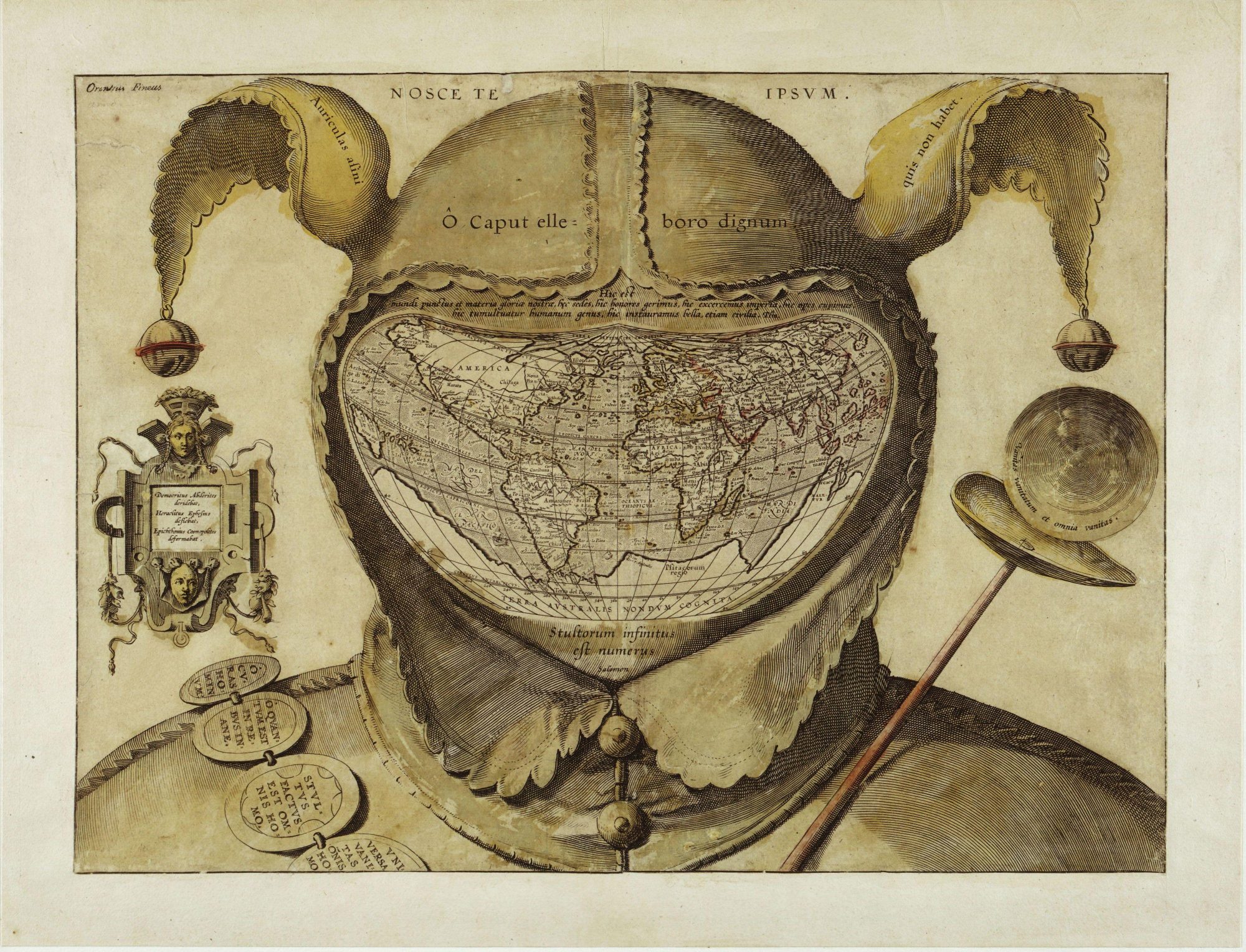The title is the first line of the poem “Mending Wall” by Robert Frost. The whole poem appears here:
https://www.poetryfoundation.org/poems/44266/mending-wall
Famously, Shakespeare even turns a wall into a character in A Midsummer Night’s Dream, showing us a simple craftsman who amazingly (and comically) embodies the very idea of human separation.
Snout. In this same interlude it doth befall
That I, one Snout by name, present a wall;
And such a wall, as I would have you think,
That had in it a crannied hole or chink,
Through which the lovers, Pyramus and Thisby,
Did whisper often very secretly.
This loam, this rough-cast and this stone doth show
That I am that same wall; the truth is so:
And this the cranny is, right and sinister,
Through which the fearful lovers are to whisper. —A Midsummer Night’s Dream, 5.1.149-58
Of course, a different kind of wall tends to be in the news these days. Fearful lovers? The United States and Mexico? Yes. Exactly. For it is impossible to imagine a United States, a California, Arizona, New Mexico, (or Iowa, Illinois, or Nebraska) without the presence of the children of the sun, as much as it is impossible to imagine that great melting pot country without the Norwegians, or Scots, or Irish, or English, or Dutch, or any of the other great peoples who came to its shores at different points in its history.
Yet, some people remain afraid of love, for love can be a terribly threatening thing. A first kiss can seem like a plunge, and commitment risks losing the entire self into a union. Some people, it seems, would prefer to wall themselves up within themselves, keeping potential kisses, kindnesses, and the whole terrifying possibility of human connection at a distance, which may seem safe, albeit it really is not so. Stagnation remains the enemy of human life and experience.
But what about walls? Surely these speak of safety in an uncertain world. Surely they can keep invaders out, barring potential thieves from our collective back garden. But do they?
Casting around at the potential effectiveness of walls, we find that they seem to have variable effectiveness, at different kinds of occlusion, under different circumstances. They can temporarily stifle human (and animal) movement across a space, but they also seem to embody a challenge to any energy on the other side–presenting a thing to be surmounted, a line in the sand, an obstacle that human will might then repeatedly bend itself to overcome.
https://www.motherjones.com/kevin-drum/2017/05/san-diego-has-border-wall-did-it-reduce-crime/
Recent wall advocates equate increased border traffic with increased crime. A wall would cut down on migration for a time, but would it actually cut crime in the ways claimed, and at what immediate and ultimate cost? Here’s a pretty good article:
http://hir.harvard.edu/article/?a=14542
and another one:
https://www.scientificamerican.com/article/trumps-border-wall-highlights-the-climate-migration-connection/
It is important to note that walls seem to increase (or reinforce) nationalist feelings, tendencies, and policies. As mentioned, they manifest the idea of an obstacle, lending a border a more physical kind of presence, and immediately focusing scattered opposition to human restraint on both its tangible being and the idea that it represents. But there is an additional, environmental cost to the border wall with Mexico that has been proposed in the United States:
https://www.npr.org/2018/12/03/673022628/south-texas-butterfly-sanctuary-threatened-by-trumps-border-wall
Finally, the question is how much of our already imperiled non-human populations we can afford to lose (because it isn’t just butterflies, but other animal and human concerns–like clean water), what might be the larger cost to our world, and do we want to pay so much merely to stop people from seeking a “better” life outside of their own country? Is shutting out refugees worth discarding clean water or successful crops (as bee populations would be threatened by such a wall as well).
Do criminals cross that border, bringing guns and drugs and crime? Almost certainly. Are criminals the majority of migrants?
Here’s one more article and a highlighted quote below it:
https://crim.sas.upenn.edu/fact-check/do-mexican-immigrants-cause-crime
“The results of this research offer little evidence that Mexican immigration increases crime in the United States. If anything, there is some evidence that crime declines after immigrants arrive. These findings are supported by research from the Public Policy Institute of California on the composition of inmates in California prisons, which reveals that Mexican immigrants are dramatically underrepresented in the state prison system.”
To me, these articles, the majority of which have been drawn from recent, reliable, and typically less biased research sources (albeit Mother Jones, the source of the first perspective, is known to often adopt a more liberal perspective) may not be absolutely conclusive, but they strongly indicate that the people of the United States should think very carefully before they throw a huge amount of tax money into a project with tremendous destructive potential for all the people in the country, and do so for what appears to be more paranoid and bigoted hot air than it is effective policy.
